
Billboard Insider’s article on OOH capex being predictable touched on a nerve and a passion point for me. The product we sell and how as an industry we don’t seem to care about it and how much this costs all stakeholders.
When people ask me how we grow our share of the media pie I always begin with our product – the billboard assets themselves. Why? It’s the one thing we can all directly control and take ownership of. We can’t control demand, the economy or interest rates, we can’t control how Google, Facebook, Miller Coors or any other national brand allocates marketing budgets and we can’t control how local businesses allocate or spend marketing dollars but we can control what our product looks like. Making sure this always, 365 days a year, looks incredible would serve the entire industry well but we stink at it.
From CCO, Outfront and LAMAR to almost any other billboard company or operator in the US the maintenance capex that gets spent annually is almost always reactionary – fixing a fault i.e. lights being out, a minor structural issue, trees or brush growing and obstructing a view…. Every OOH company experiences these issues, most but certainly not all spend money fixing them. In my experience this capex usually runs around 0.8% to 1.2% of gross revenue. These are costs incurred in the normal operation of a billboard company.
What this completely ignores and what the industry fails miserably on is proactive asset maintenance and a laser focus on what the product, the billboard assets, look like. The OOH industry across the board stinks at this and it’s self evident to me that as an industry we simply cannot care nor do we value what the product we sell looks like. This costs us all huge!
If you are reading this and disagree with me next time you are out driving, look at the billboards you pass by, I mean really look. Not at the creative or lack thereof (that’s a conversation for a different time), but at the asset itself. This is what you will find. A pole that has rust showing or paint flaking, an apron that has not seen paint, repair or replacement in decades, is bent or broken and looks awful, the corners of the billboard ad face are bent in because the installers have overstretched the vinyl, lights that dont work, catwalks that obstruct the field of view, are not painted and look dreadful, years and years of dirt accumulation on digital screens dulling the image, digital screens that are pixelated for weeks, framing systems that are falling apart and have not seen repair, paint or a clean in many a year and finally my person favorite vinyl strapping that’s been tied down to the catwalk and is visible. Once you begin to really look it quickly becomes clear to anyone paying attention that our industry does not value what our product looks like.
This is shocking to me because we sell one of, if not the most, visible and visual products anywhere.
This failure to care and invest as owners, operators and management costs us all in many ways – lower demand, reduced rates and occupancy, lower renewal rates, increased regulation and frustrated local stakeholders. The billboard asset becomes an extension of our advertising clients business, the shop window whose sole purpose is to get the passer by to first see it, process the messaging and then to take some form of action. If the structure on which that ad goes looks bad it costs us and the ad client dearly. You would not pay full price for a new phone with a cracked screen or a car with flaking paint so why should we expect advertisers to care about our product and pay full value for that product when that product looks so bad?
So back to the original question: are capex $ predictable? The answer is yes if you only consider reactionary maintenance and becomes far more nuanced if you take a proactive full asset view. My fear is that the hole we have dug by ignoring our assets for so long is so deep that we may never get out of it. By my estimate the deferred asset maintenance bill that the industry is carrying is likely anywhere from $300mm to $600mm. This would get us back to acceptable levels, nothing more. This sounds bad and it is but there is a silver lining. From my experience this is not a zero sum equation. If you care about and invest into your assets visual appearance and improve your product you will see dramatic changes. Elevated interest levels for and about your product, customers and community will notice, you will sell for a higher average rate, your occupancy rate will go up along with your contract renewal rate. Your sales teams will be reenergized and have a new story to tell, driving new conversations and business and your reactionary maintenance will go down. You will find that the return on investing into your assets is rivalled only by the return on digitization.
We should all agree that the current situation is not acceptable and as an industry commit to fixing this long standing problem. Growing the pie has to start with improving the product.
Contact info
https://www.linkedin.com/in/robertmacmillan070778/
To receive a free morning newsletter with each day’s Billboard insider articles email info@billboardinsider.com with the word “Subscribe” in the title. Our newsletter is free and we don’t sell our subscriber list.
Paid Advertisement
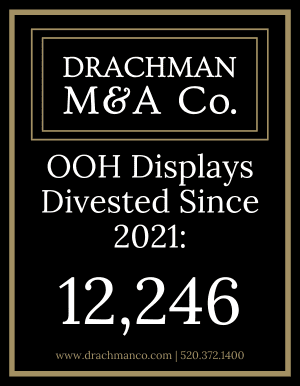





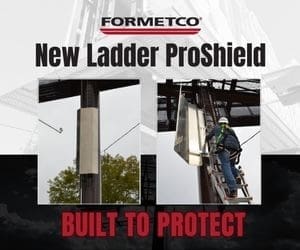

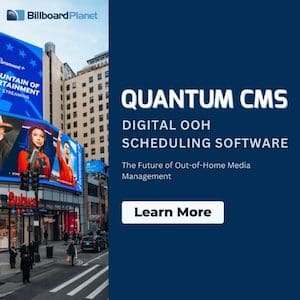


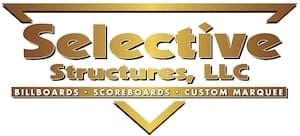
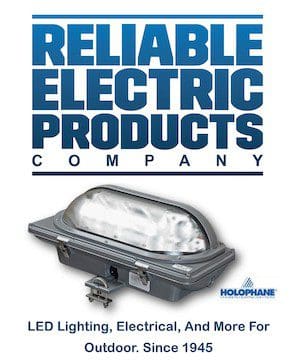

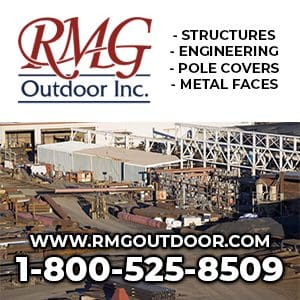

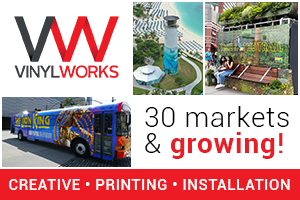

Good point. Thanks for speaking out
Most Account Reps/AE’s have been saying this for years. The industry needs a proactive mind set, rather than kicking the can down the road until you have to do something. By the time you react sometimes you’ve already lost a client. And it does reflect on the industry as a whole.